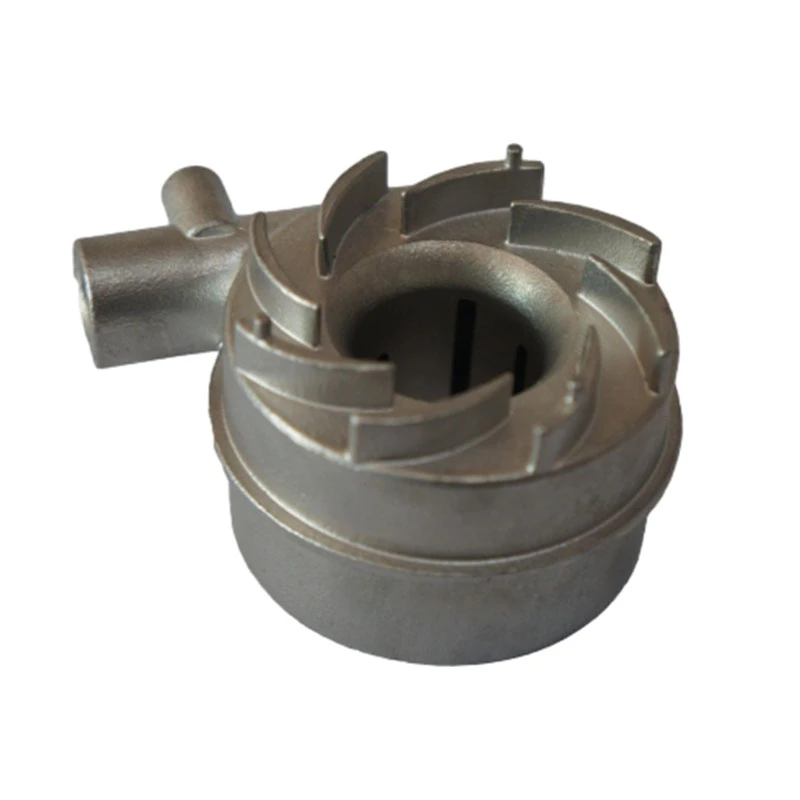Understanding the Basics and Process of Sand Casting in Manufacturing
What is Sand Casting?
Sand casting, also known as sand mold casting, is a widely used foundry process that involves creating metal parts by shaping molten metal in a mold made of sand. This method is valued for its low cost, versatility, and ability to produce complex shapes. It is a process employed in various industries, ranging from automotive and aerospace to general manufacturing and art.
History of Sand Casting
The origins of sand casting can be traced back to ancient civilizations, where artisans would use natural sand mixed with clay to create molds. These early techniques laid the foundation for modern sand casting. Over the years, advancements in materials and technology have enhanced the precision and efficiency of the process, making sand casting a cornerstone of metalworking.
The Sand Casting Process
The sand casting process typically involves several key steps
1. Pattern Making A pattern is created in the shape of the final product. This pattern is usually made of metal, wood, or plastic. The pattern is designed slightly larger than the final product to account for the metal's shrinkage during cooling.
2. Mold Creation The mold is formed by packing sand around the pattern. The sand used generally consists of fine grains combined with a binder, such as clay, to help the mold retain its shape. Once the pattern is surrounded by the sand, it is compacted to create a cavity that mirrors the pattern.
3. Core Making If the cast part requires internal features, cores are created using similar sand mixtures. These cores are inserted into the mold before it is closed to form internal cavities.
4. Mold Assembly After the mold halves, along with any cores, are prepared, they are assembled. Care is taken to ensure proper alignment and sealing to prevent molten metal from leaking.
5. Melting and Pouring The metal, usually aluminum, iron, or steel, is melted in a furnace and then poured into the mold cavity through a sprue, allowing the molten metal to fill the space where the pattern was.
what is sand casting

6. Cooling The metal is allowed to cool and solidify within the mold. The cooling time can vary based on the type of metal and the thickness of the casting.
7. Mold Removal Once the metal has cooled and solidified, the sand mold is broken away to reveal the cast part, which is then cleaned of any sand residues.
8. Finishing The final steps of the process involve trimming excess material, machining, or applying surface treatments to achieve the desired finish and specifications.
Advantages of Sand Casting
One of the major benefits of sand casting is its cost-effectiveness. The materials used are relatively inexpensive, and the molds can withstand multiple uses. Additionally, sand casting allows for a high degree of design flexibility, making it suitable for producing complex shapes that may be difficult or impossible to achieve with other manufacturing methods.
Furthermore, sand casting is compatible with a wide variety of metals, and even small production runs can be economically viable. This versatility has made it a popular choice for both prototype development and high-volume production.
Limitations of Sand Casting
Despite its many advantages, sand casting is not without its challenges. The resolution of details can be limited, leading to a need for post-processing in order to achieve tight tolerances. The surface finish of parts produced through sand casting may also be less smooth compared to those made through other methods such as investment casting.
Moreover, the process can be labor-intensive, as each mold is typically produced by hand, leading to variability between castings. This necessitates thorough quality control measures to ensure consistency.
Conclusion
In summary, sand casting is a fundamental manufacturing technique that has stood the test of time. With its rich history and continued relevance in modern engineering and manufacturing, sand casting plays a crucial role in the production of a wide range of metal components. Whether for small-scale artisanal projects or large-scale industrial applications, sand casting remains a practical and efficient method for creating complex metal shapes.
-
OEM Sand Cast Pump Valve Fittings - Baoding Hairun Machinery And Equipment Trading Co., Ltd.NewsAug.01,2025
-
Custom OEM Impellers | High Efficiency & PrecisionNewsAug.01,2025
-
OEM Sand Cast Pump Valve Fittings - Baoding Hairun Machinery | Customization, Quality AssuranceNewsAug.01,2025
-
OEM Sand Cast Pump Valve Fittings - Baoding Hairun Machinery And Equipment Trading Co., Ltd.NewsAug.01,2025
-
OEM Sand Cast Pump Valve Fittings - Baoding Hairun Machinery And Equipment Trading Co., Ltd.NewsJul.31,2025
-
OEM Sand Cast Pump Valve Fittings - Baoding Hairun | Precision Engineering, CustomizableNewsJul.30,2025















